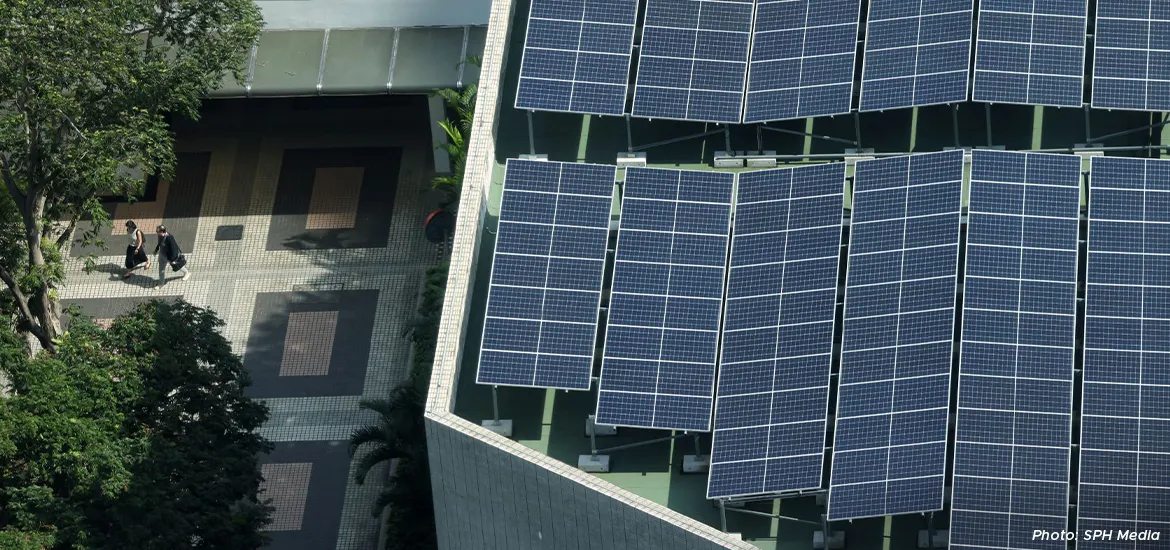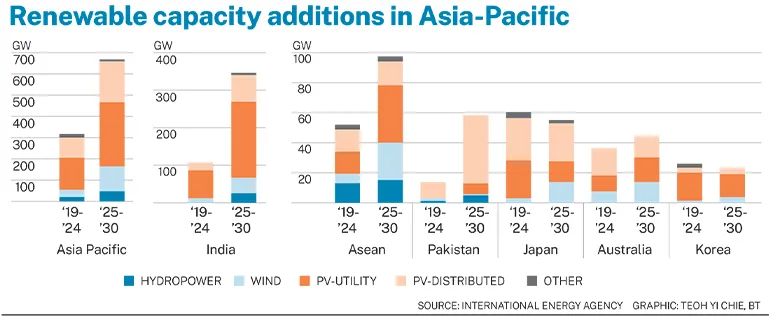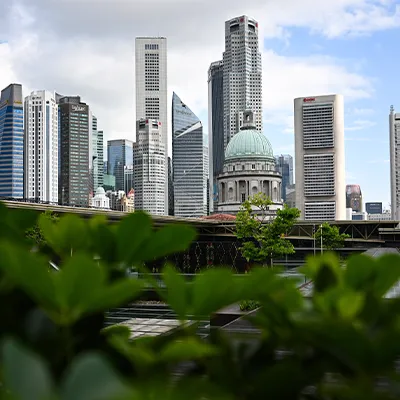The capacity of renewable energy in Asia-Pacific, excluding China, is expected to expand by 670 gigawatts (GW) between 2025 and 2030 – almost doubling over the next five years.
The region accounts for the second-largest increase in global renewables growth, second only to China, indicated a recent report by the International Energy Agency (IEA).
Within the region itself, India accounts for half of the expected growth, followed by Southeast Asian countries, which are projected to make up 15 per cent of that increase.
The forecast for this region has been revised upwards by almost 10 per cent from last year, reflecting improved policy and market conditions in India, Vietnam, and Pakistan.
Continued auctions in the Philippines and corporate power purchase agreements in Vietnam also contributed to the more optimistic forecast.
These positive developments offset downward revisions in Japan, South Korea, and Indonesia, said the report.
It also noted several persistent challenges.
In some countries, which have fossil fuel overcapacity and ambitious long-term decarbonisation goals, it is still costly for utilities to install new renewable energy technologies in the place of young fossil fuel-fired power fleets established on long-term contracts with take-or-pay clauses for power offtake and fuel supply.
“Renewable energy technology costs in many of these markets still exceed international benchmarks, making them less competitive. Financing costs and project risks are high,” noted the report.
Solar photovoltaic systems are expected to account for nearly 75 per cent of total renewable capacity additions in the region, with utility-scale projects making up most of the growth.









